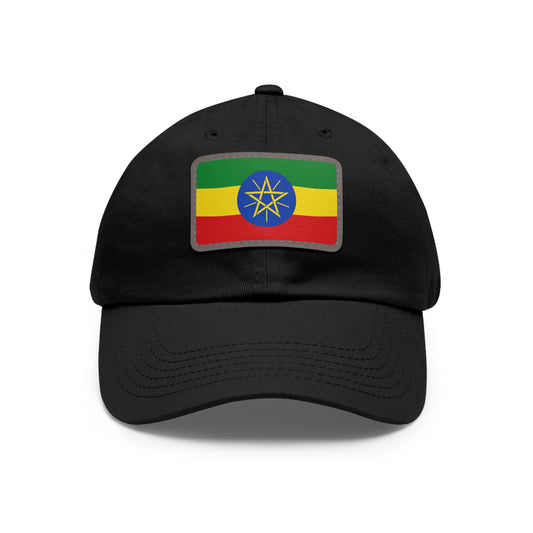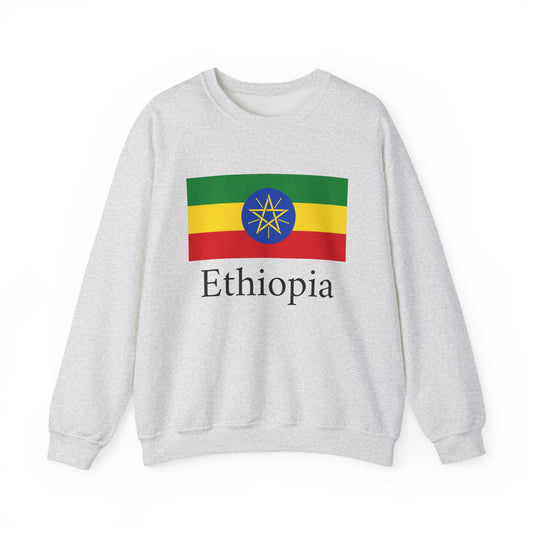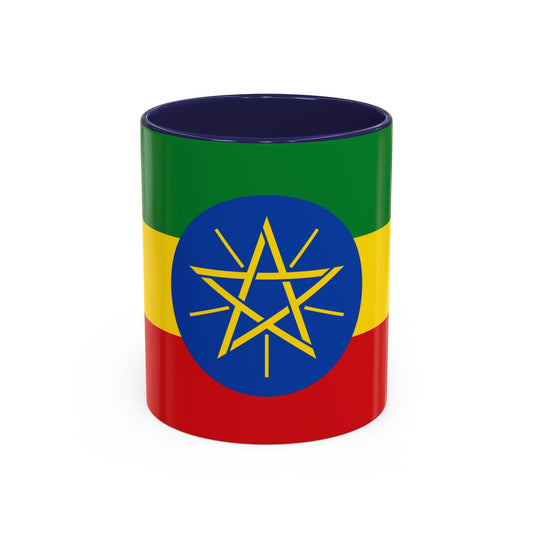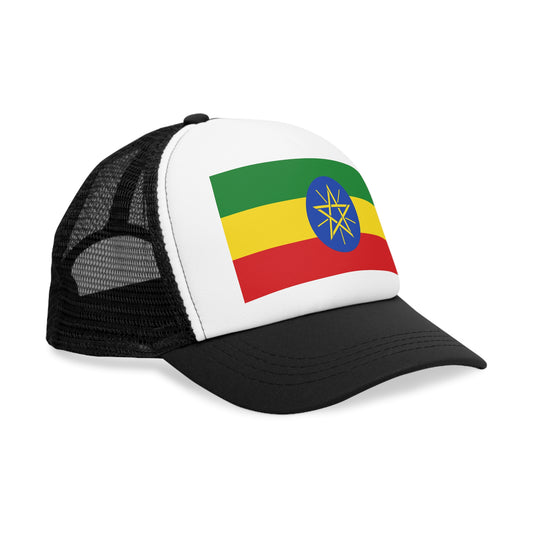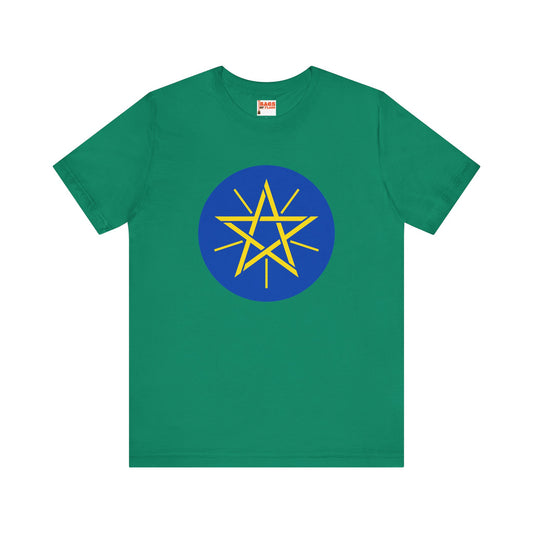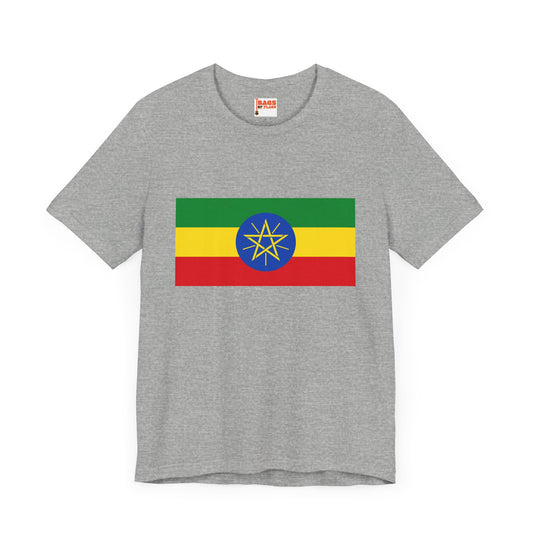-
Ethiopia Pillow
Regular price $22.65 USDRegular priceUnit price / per -
Ethiopia Backpack
Regular price $59.79 USDRegular priceUnit price / per -
Ethiopia Leather Patch Hat
Regular price $18.85 USDRegular priceUnit price / per -
Ethiopia Inspired Sweatshirt
Regular price $34.15 USDRegular priceUnit price / per -
Ethiopia Flag Sweatshirt
Regular price $34.15 USDRegular priceUnit price / per -
Ethiopia Sweatshirt
Regular price $34.15 USDRegular priceUnit price / per -
Ethiopia Mug
Regular price $11.65 USDRegular priceUnit price / per -
Ethiopia Trucker Cap
Regular price $14.90 USDRegular priceUnit price / per -
Ethiopia Hoodie
Regular price $34.40 USDRegular priceUnit price / per -
Ethiopia T-shirts
Regular price $22.79 USDRegular priceUnit price / per -
Ethiopia Inspired Hoodies
Regular price $34.40 USDRegular priceUnit price / per -
Ethiopia Flag on Hoodie
Regular price $34.40 USDRegular priceUnit price / per -
Ethiopia Inspired T-shirt
Regular price $22.79 USDRegular priceUnit price / per -
Ethiopia Flag on T-shirt
Regular price $22.79 USDRegular priceUnit price / per
Collection: Ethiopia
The Ethiopian flag is a symbol of pride and unity for the Ethiopian people. With its vibrant colors and unique design, it stands out among the flags of the world. We will explore the controversies and facts surrounding the Ethiopian flag, exploring its history, symbolism, current relevance, and additional interesting facts.
Overview of the Ethiopia Flag

The national flag of Ethiopia is instantly recognizable by its bold horizontal tricolors - green at the top, yellow in the middle, and red at the bottom. This striking arrangement is not only visually compelling but also rich in meaning. Each color serves as a symbol: green represents abundant land and fertility, yellow denotes peace and harmony among Ethiopia's diverse communities, and red symbolizes the blood shed for the country's independence and sovereignty.
Together, these colors manifest the Ethiopian people's core values and enduring spirit. Unlike many national flags, which have undergone numerous redesigns, the basic color scheme of Ethiopia's flag has remained consistent, reflecting a steadfast national identity amidst the changing tides of history. Its simplicity in design belies the depth of the national pride and historical significance it carries, making it a powerful emblem of Ethiopia's heritage and its aspirations for the future.
Historical Context of the Ethiopia Flag

The origins of the Ethiopia flag trace back to the late 19th century, a period marked by Ethiopia’s assertion of sovereignty and resilience against colonial ambitions. Officially adopted in 1897, the flag emerged after Ethiopia's historic victory at the Battle of Adwa. This triumph, where Ethiopian forces defeated the invading Italian army in 1896, was a pivotal moment that underscored Ethiopia’s status as an independent and sovereign nation, free from colonial rule. The flag's adoption under Emperor Menelik II was emblematic of a new era, celebrating Ethiopia's long-standing resistance against colonization and its unique position in Africa as a symbol of African independence and pride.
Over the decades, the flag has undergone several modifications, reflecting the country’s dynamic political landscape. The core colors have remained a constant symbol of the nation's enduring values, but the emblem at the center has seen changes, most notably reflecting shifts in governance and ideology. From the symbol of a lion during the monarchy to variations under different regimes, including the Derg and the current federal government, the flag's evolution mirrors Ethiopia's complex history of monarchy, occupation, and its journey toward a federal republic. Despite these changes, the flag's foundational colors and symbolism have woven a thread of continuity, uniting diverse Ethiopian identities under a standard banner of heritage and aspiration.
Symbolism Behind the Ethiopia Flag
The tricolors of green, yellow, and red are not merely aesthetic choices but carry deep symbolism that echoes through Ethiopia's past and present. Green symbolizes the country’s fertile lands and its hope for a prosperous future, yellow represents peace and harmony among the nation's diverse peoples, and red memorializes the sacrifice of those who fought for Ethiopia's freedom and sovereignty. These colors inspired various African countries during their liberation movements, making the flag a beacon of independence and unity.
The center emblem, varying through time with the political landscape, conveys Ethiopia's national identity and values. Under the monarchy, the lion represented the courage and strength of the Ethiopian people, while its modern iteration reflects the nation’s commitment to peace and diversity. The emblem's evolution highlights the dynamic nature of Ethiopia's national ethos, adapting to embody the principles of the current era while retaining the foundational ideals represented by the flag's enduring colors. This interplay of historical continuity and adaptation underscores the flag's role as a living symbol of the Ethiopian spirit, embodying its people's resilience and unity in the face of change.
Current Relevance of the Ethiopia Flag
Today, the Ethiopia flag remains a potent emblem of the nation's enduring spirit and collective identity. It waves proudly at various significant events, encapsulating the pride of the Ethiopian people in their rich heritage and sovereign state. The flag is prominently displayed during national holidays, in public buildings, and at international gatherings, symbolizing Ethiopia's place on the global stage. Military ceremonies and events of national importance are also occasions where the flag's presence is deeply felt, highlighting its role in fostering a sense of unity and national pride among Ethiopians.
Amidst its widespread respect and reverence, the flag has not been immune to controversy. Discussions and debates have emerged, reflecting differing views on aspects of its design and the emblem's representation of Ethiopia's diverse society. These debates underscore the dynamic relationship between national symbols and the evolving social and political context within which they exist. Nevertheless, the flag's prominence in daily life and state functions attests to its undiminished relevance. It serves as a continual reminder of Ethiopia's sovereignty, the sacrifices made by its people, and their hopes for a peaceful and prosperous future.
Additional Facts About the Ethiopia Flag
The Ethiopia flag holds a place of high respect within the country, guided by strict protocols to ensure its dignity is preserved. It is a mark of dishonor for the flag to be allowed to fall to the ground, reflecting the deep reverence Ethiopians have for this national symbol. Additionally, leveraging the flag for commercial benefits is frowned upon, emphasizing its role as a symbol of national pride rather than a tool for advertisement or profit.
Remarkably, the flag's current iteration was officially embraced in 1996, marking a new chapter in Ethiopia's rich history following the fall of the Derg regime. This re-adoption symbolizes a renewed commitment to the foundational values the flag represents: unity, independence, and hope for Ethiopia's future.
Among the global community of nations, Ethiopia's flag is distinguished by its longevity. Its roots extend deep into history, making it a living testament to the enduring spirit of the Ethiopian people and their resilience through times of change. This aspect of the flag highlights not only its significance as a national emblem but also its role as a beacon of pride and sovereignty that transcends generations.






